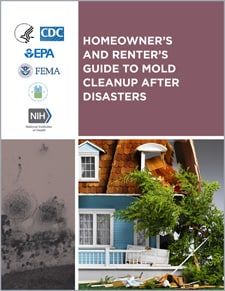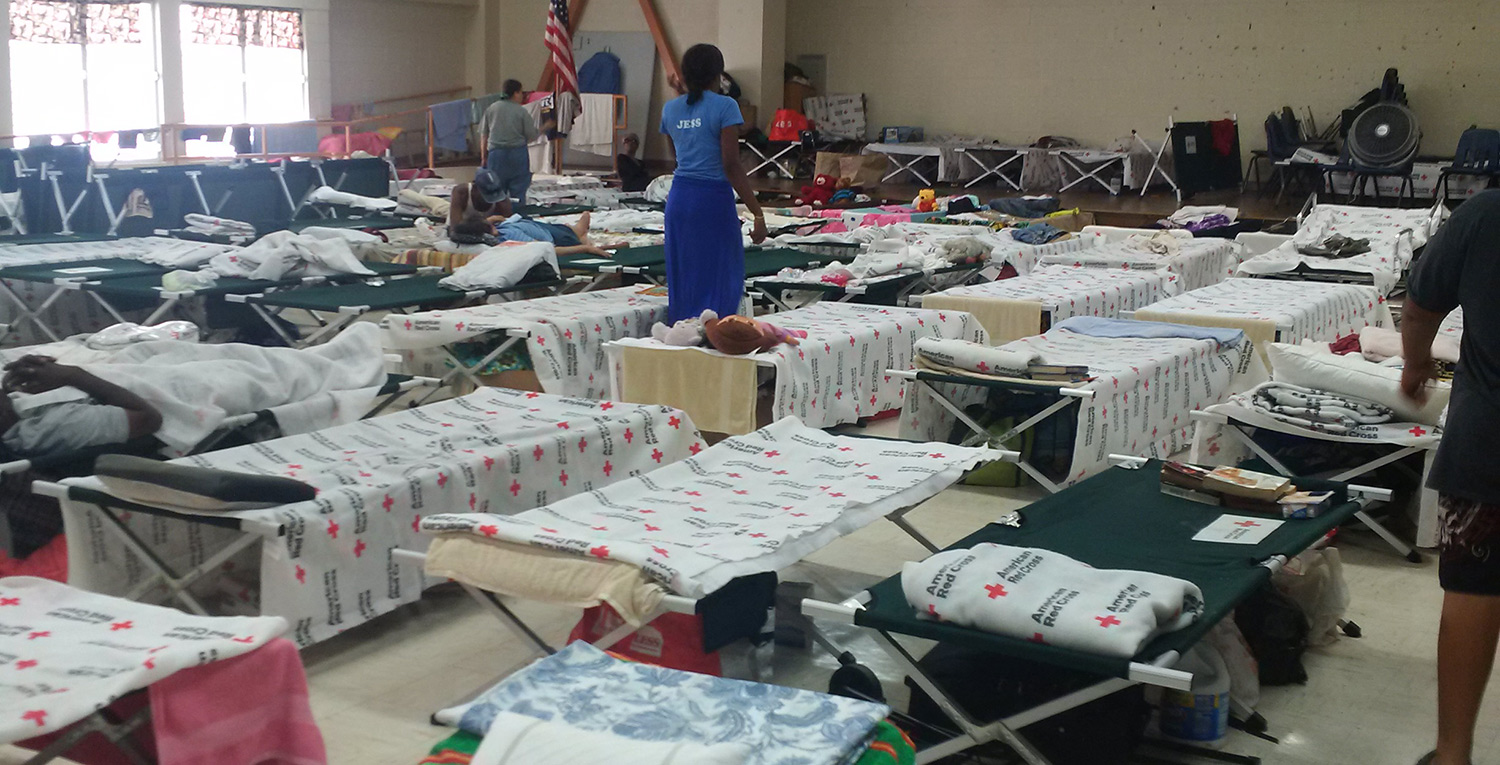I've run a few, including one in Maryland during the "Snowmageddon" blizzard.
Sunday, December 22, 2019
Shelters for cold weather emergencies
I've run a few, including one in Maryland during the "Snowmageddon" blizzard.
Monday, December 16, 2019
Tech tools in wilderness search and rescue
Side note: There are volunteer search & rescue groups very similar to CERT, including some with trail-sniffing dogs or on horseback. I was a "ground pounder" myself. Most searches were for Alzheimer's patients, but we had lost hikers & missing kids too.
I highly recommend the Wilderness First Aid (WFA) course offered by the National Outdoors Leadership School (NOLS), even if you won't use it in the wilderness.
Categories:
search and rescue,
technology
Sunday, December 15, 2019
NZ volcano eruption and mass burn events
This week's issue of the EMR Infogram has a story on the horrific situation in New Zealand after a volcano eruption, and generally on handling mass casualty incidents involving burns. They recommend a U.S. Dept. of Health & Human Services guide on planning for mass burn events.
EMR Infogram, Dec. 12, 2019
Categories:
fires,
mass casualties,
volcanoes
Sunday, December 8, 2019
National survey on individual & community preparedness
Reposted from the U.S. Dept. of Health & Human Services (HHS):
"FEMA's National Household Survey on Individual and Community Preparedness
finds more Americans are gathering supplies; talking to friends and
family members; connecting with their communities; and taking other key
actions to prepare for disasters. Check out the survey results to find
out how individuals and communities across the country are becoming more
prepared and learn about remaining preparedness gaps."
Categories:
preparedness
Assessing shelters' environmental health & safety
The CDC has released a tool for rapid assessment of environment health at disaster shelters.
via Emergency Managers Weekly Report
via Emergency Managers Weekly Report
Categories:
shelters
Saturday, June 22, 2019
Free apps to find the nearest AED for a heart attack
Pulsepoint apps show you on a map the closest locations of Automatic Electronic Defibrillators (AED). They currently have over 91,000 registered and you can add more you know about. The apps are free and available for Android & iOS.
AEDs are fully automatic and have voice prompts to lead you through. They are completely "idiot proof," and the extreme stress of the moment can make idiots of any of us. They aren't cheap though; typically $1,300 and up. Consider getting one if you can afford it. I got one for my parents at a 30% off sale, though I don't know how often those happen.
AEDs are fully automatic and have voice prompts to lead you through. They are completely "idiot proof," and the extreme stress of the moment can make idiots of any of us. They aren't cheap though; typically $1,300 and up. Consider getting one if you can afford it. I got one for my parents at a 30% off sale, though I don't know how often those happen.
Categories:
AED,
heart attacks
Keep your pets safe in an emergency
Here are ways to #PetPrep prepare for your pet in a disaster#HurricaneSeason:
🐶 Have a plan - This includes finding shelters or pet-friendly hotels nearby.
🐱 Make a kit.
🐦Get rescue alert stickers or decals to put near your front door and windows. This will let firefighters and rescue workers know there are animals inside. Available free from the ASPCA.
🐶 Have a plan - This includes finding shelters or pet-friendly hotels nearby.
🐱 Make a kit.
- Sufficient pet food for a week.
- "Pet selfies "to help with reunification.
- Leash or cage, including for pets you ordinarily wouldn'tuse them with. For example, you don't want a cat to run off.
- Stress-relieving items, such as a toy.
- Copies of vet (e.g., vaccination) records. Very important. For example, rabies is almost 100% fatal! Rescue workers and others need to know your pet has had its shots.
🐦Get rescue alert stickers or decals to put near your front door and windows. This will let firefighters and rescue workers know there are animals inside. Available free from the ASPCA.
Wednesday, May 22, 2019
Homeowner’s and Renter’s Guide to Mold Cleanup After Disasters
From the CDC:
Was your home flooded? If so, and you were not able to dry your home
(including furniture and other items) within 24-48 hours, you should
assume you have mold growth.
You and your family should wait to re-enter your home until professionals tell you it is safe, with no structural, electrical or other hazards. Before you start cleanup activities, contact your insurance company and take pictures of the home and your belongings. Remember – drying your home and removing water-damaged items is your most important step for preventing mold damage.
See the CDC site for more.
 |
You and your family should wait to re-enter your home until professionals tell you it is safe, with no structural, electrical or other hazards. Before you start cleanup activities, contact your insurance company and take pictures of the home and your belongings. Remember – drying your home and removing water-damaged items is your most important step for preventing mold damage.
See the CDC site for more.
Categories:
floods
Subscribe to:
Comments (Atom)






